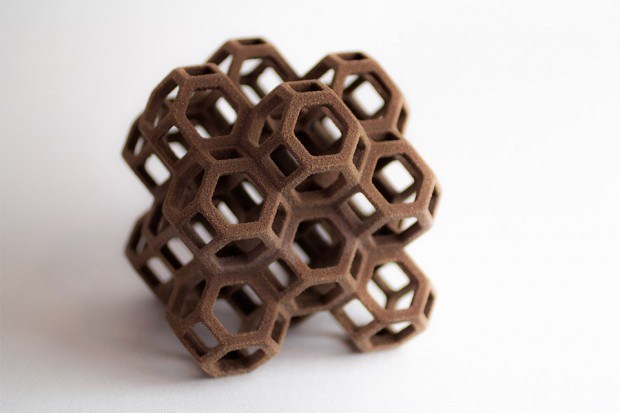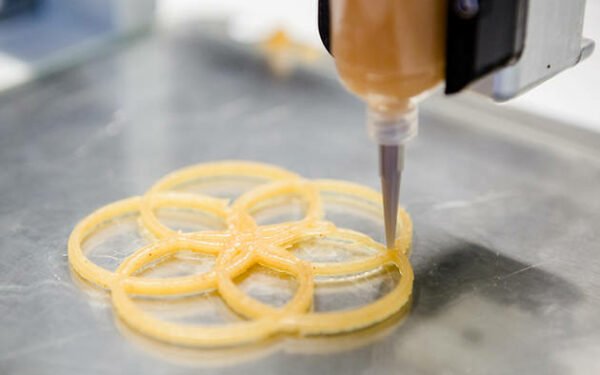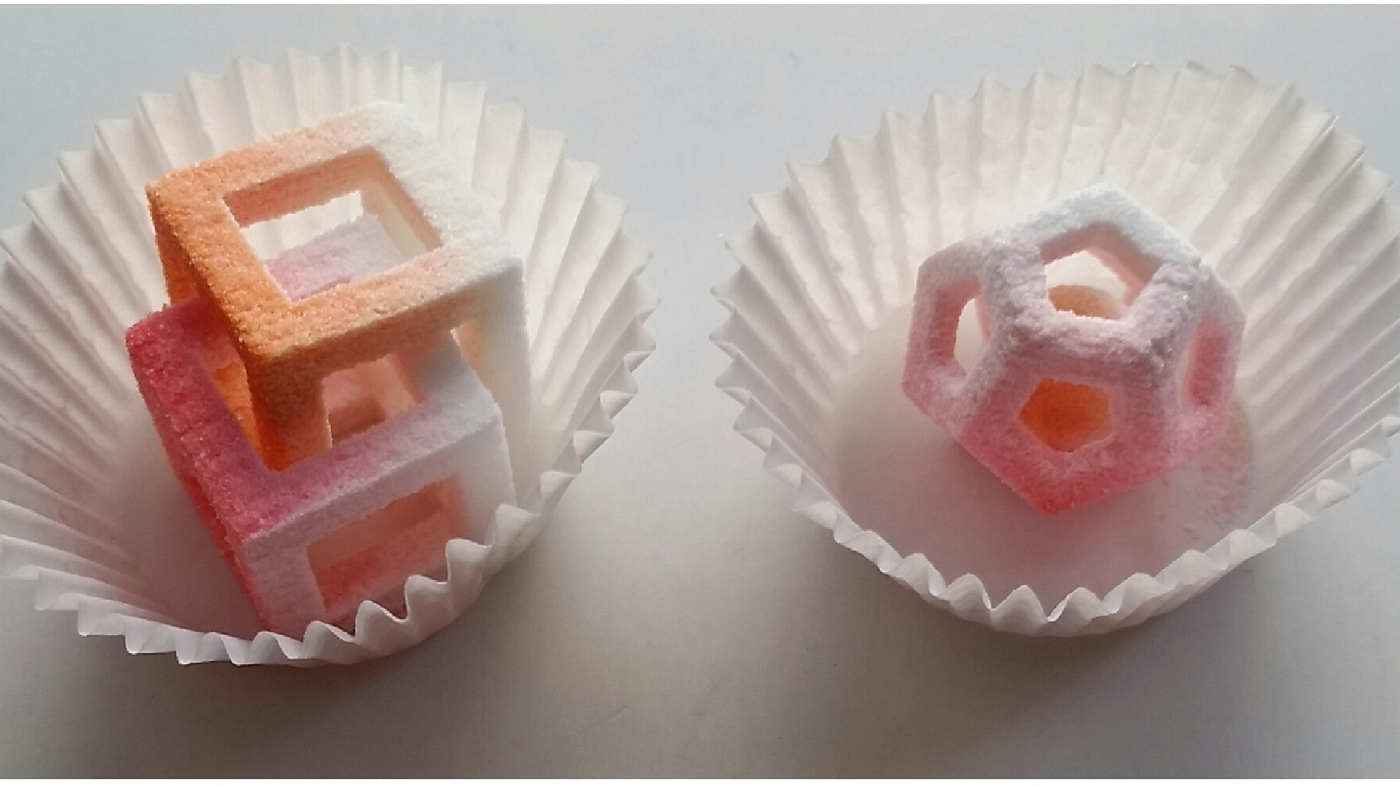Key Benefits
1. Time-saving
Edible 3D printing can be less time-consuming than traditional cooking. Indeed, users can launch a food 3D print and move on to other activities. Once the food 3D print is launched, there is no need for manual operation or supervision.
2. Customization
Food 3D printing enables users to customize their food according to special events or simply to their mood.
3. Creativity
Edible 3D printing enables cooking aficionados to unleash even more creativity in the kitchen. Users can imagine and create intricate designs.
4. Personalized, Precise and Reproducible Nutrition
3D printers follow digital instructions as they print. They may one day be able to make food containing the correct percentage of nutrients required for a particular gender, life stage, lifestyle or medical condition. For example, the number of different vitamins and minerals and the amount of protein, carbohydrate, or omega-3 fatty acids could be controlled.
Applications
Creating Chocolates
Chocolate 3D printing hasn’t been around for very long and belongs to a very niche part of the 3D printing world. That doesn’t stop it from advancing chocolatiers horizons, though. Normal chocolate bars are made by pouring melted chocolate into molds and letting them cool into a solid. This limits the kinds of shapes you can achieve, since creating the chocolate mold is no easy task. With a chocolate 3D printer, however, you can print some fantastic chocolate shapes, which would not be possible with a traditional mold. Though not well-suited for mass production of chocolates, a chocolate 3D printer is ideal for those who want to customize, experiment or just have fun with the art of chocolate-making.


Creating Items from Pureed Food
Dysphagia is a condition that affects many people worldwide. Modifying foods to standard consistencies and manual design and assembly of foods for the daily requirements of people with dysphagia is challenging. People with dysphagia may develop a dislike for pureed foods due to the unattractiveness of the appearance of the foods, the lack of variety in daily meals and the diluted taste of meals. 3D food printing is emerging as a method for making foods for people with special mealtime needs. Very few efforts have been made to apply 3D food printing to improving the lives of people with special mealtime needs such as those with dysphagia.
Printing Synthetic Food
Although it may have only minor value at present times, 3D printed food could become significant in the future. In today’s world, people may appreciate the need for synthetic, 3D printed food on a long space flight but see no value for it on Earth. It is suggested that food created for astronauts could also be used to alleviate hunger or to supply the military with food. The dried ingredients could be shipped across long distances and stored for a long time.
Some people predict that synthetic food may be necessary in the future as the Earth runs out of sufficient food resources to support the increasing world population. This is a frightening thought, but it may one day become a reality. We may some day in the future need to change what we consider to be “food” to feed humanity.


Printing Meat
After the success of the Greggs vegan sausage roll and the juicy-yet-meatless Impossible Burger, the next new food sensation is coming to a plate near you: 3D-printed steaks and chicken thighs.
Layers of material are built up by 3D printers until there is a solid object conforming to very precise specifications. The meat can be produced either from vegetable matter or from animal cells grown in a lab. The printer uses these raw ingredients, which come in a Nespresso-style cartridge, to build up a steak or chicken fillet that tastes like the real thing.
Customized food
Since 3D food printers follow digital instructions, the idea of being able to make personalized food containing the correct percentage of nutrients for a particular age or gender does not seem so far off. Food printers can easily help determine the exact quantity of vitamins, carbohydrates and fatty acids as per the input, without any hard work.

